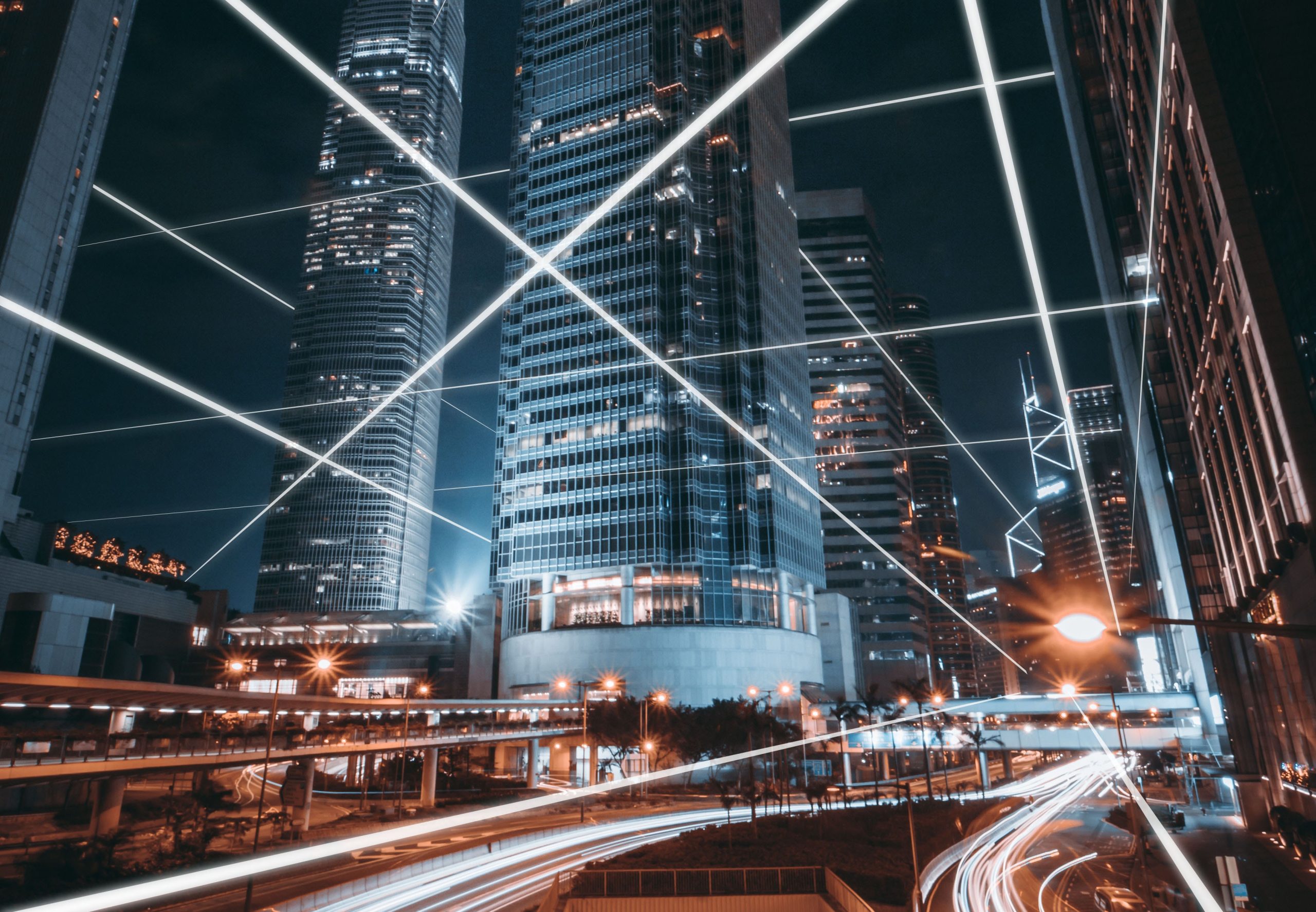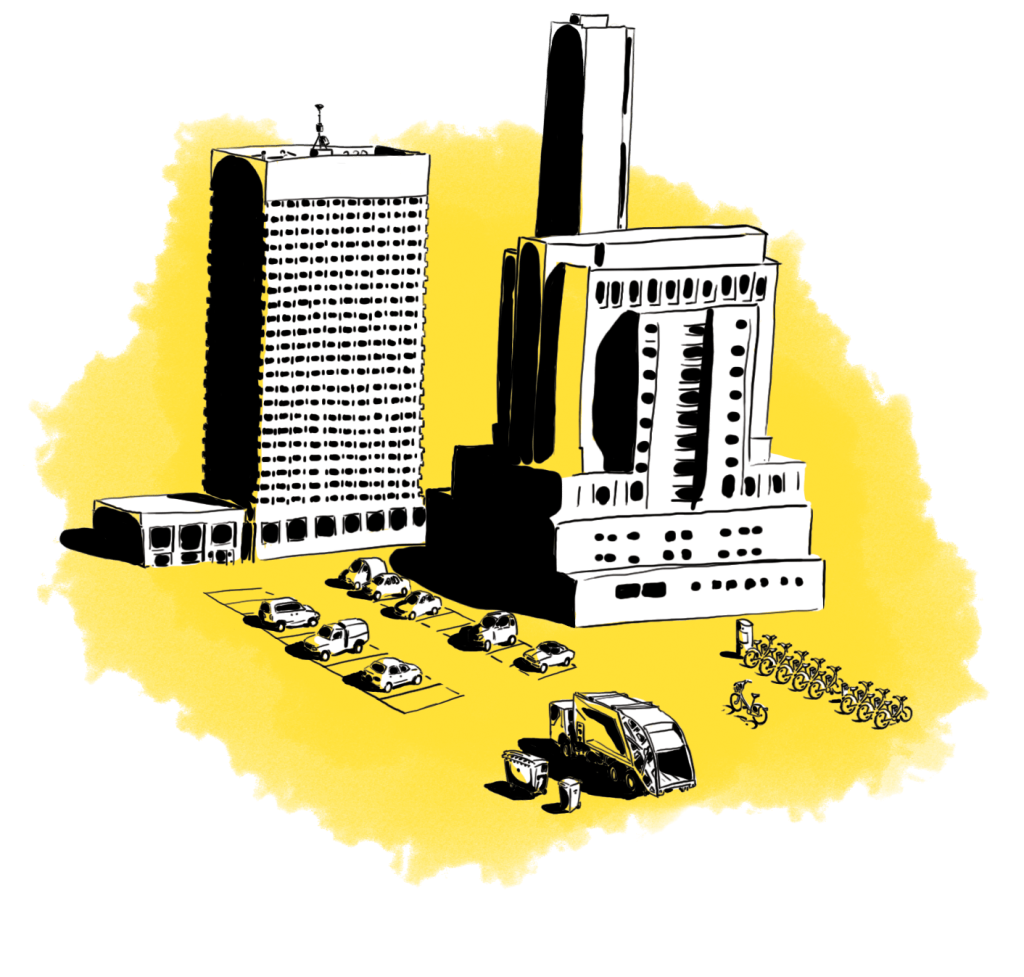

Gone were the days when “smart cities” only existed in films and stories.

Today, cities all over the world feel the immense pressure to transform into the cities of tomorrow and for sound reasons. City planning and construction affect the way everything around it operates, including their citizens’ way and quality of life. As resources become scarcer and facilities outdated, governments globally are taking different measures to address these issues and adjust to evolving demands.
Now, cities are leaning more towards a data-centric approach to solve various issues. Moreover, this is also to improve services and living environment for their citizens. For this reason, more of them are installing connected devices where data is crucial, e.g. parking spaces, trash bins, and utility systems. However, the challenge lies within having the right type of connectivity for optimum data gathering and service delivery as one type varies from another.
When it comes to digitally transforming cities, the usual LTE or WiFi connectivity alone is not enough. In fact, there is a rising problem in the limited data spectrum that the world has today as urban areas become densely populated. This increasing strain on networks and network signals’ difficulty in penetrating enclosed structures and underground areas is a major obstacle in developing connected cities.
Additionally, for massively deployed sensors to work, the network they should be running on has to be dependable, secure, and sustainable in the long run. Unfortunately, this can mean having to face extremely high costs. However, where there are problems, there will always be solutions.
Thanks to LoRaWAN connectivity, cities can now address these challenges.
When the smart devices of cities operate on LoRaWAN, connectivity is reliable and requires low investment costs. This type of connectivity is ideal for facilities that do not involve large packets of data, like water and electricity meters and public transportation.

What’s even more interesting is its ability to penetrate densely enclosed places, such as concrete buildings and underground areas. This is something that most mobile data connections cannot do alone (and if they can, it can be really costly).
LoRaWAN is ideal for cities because it is a horizontal, open standard-based platform that does not require individually implementing multiple proprietary technologies. This means that it can accommodate all kinds of vertical use cases, whether it’s water, energy, or street lighting, without needing to deploy numerous infrastructures that are specific for each one. As a result, cities do not have to invest in different silo-based infrastructures achieving significant cost savings and efficient service delivery at the same time.
As the years go by, more cities are turning to LoRaWAN-based solutions either as an initial layer to their digital transformation projects or to complement their already existing internet connectivity.
From what started off as Queen Leonor’s thermal town in the 15th century, the city of Caldas da Rainha in Portugal has understood what it means to be a city of the future.
With its recent deployment of Cisco’s LoRa technology solutions powered by Actility’s ThingPark Enterprise, the city now has a better view of their water, waste management, parking, and traffic flow systems. Because of this, Caldas da Rainha can manage their different public infrastructures and facilities better. Consequently, this allows them to monitor the health and performance of these facilities and perform appropriate actions to resolve any issues that they find making them a truly intelligent city.
Installing sensors in the different areas of the city allows Caldas da Rainha to generate and gather real-time data which they transmit over the Actility and Cisco LoRaWAN infrastructure. Afterwards, the command and supervision center will receive these pieces of information on the various applications that they use. For example, through their water facility sensors, they were able to detect leaks in the system which they promptly addressed. On the other hand, the connected devices enabled them to manage the parking and traffic flow of their bus system and run garbage collection more effectively.
By equipping themselves with the right technology and enabling themselves to carry out informed actions, Caldas da Rainha can better protect its investments for its people. At the same time, they can also maximize the benefits that they will get out of these. These will ultimately allow them to serve and take care of their citizens better.
In this connected world, having the right type of connectivity is crucial to ensure high quality data collection and service rendering. For smart cities, connections need to be complementary. As high-speed mobile connections address the needs of individual consumers, macro-level stakeholders, such as industrial companies and the government should take advantage of LoRaWAN in their operations and services.
Leveraging on LoRaWAN connectivity is an essential layer to developing smart cities. As a low-cost, long-range, highly pervasive, and sustainable solution, LoRaWAN is definitely one of the keys to unlock the potentials of intelligent cities.
Make your city smarter with ThingPark.
Contact us today to discover our intelligent solutions for your city.
Like what you read? Share this article on social media:
We’d love to hear your thoughts. Share your insights in the comments section below.
© 2024 Actility’s All Rights Reserved